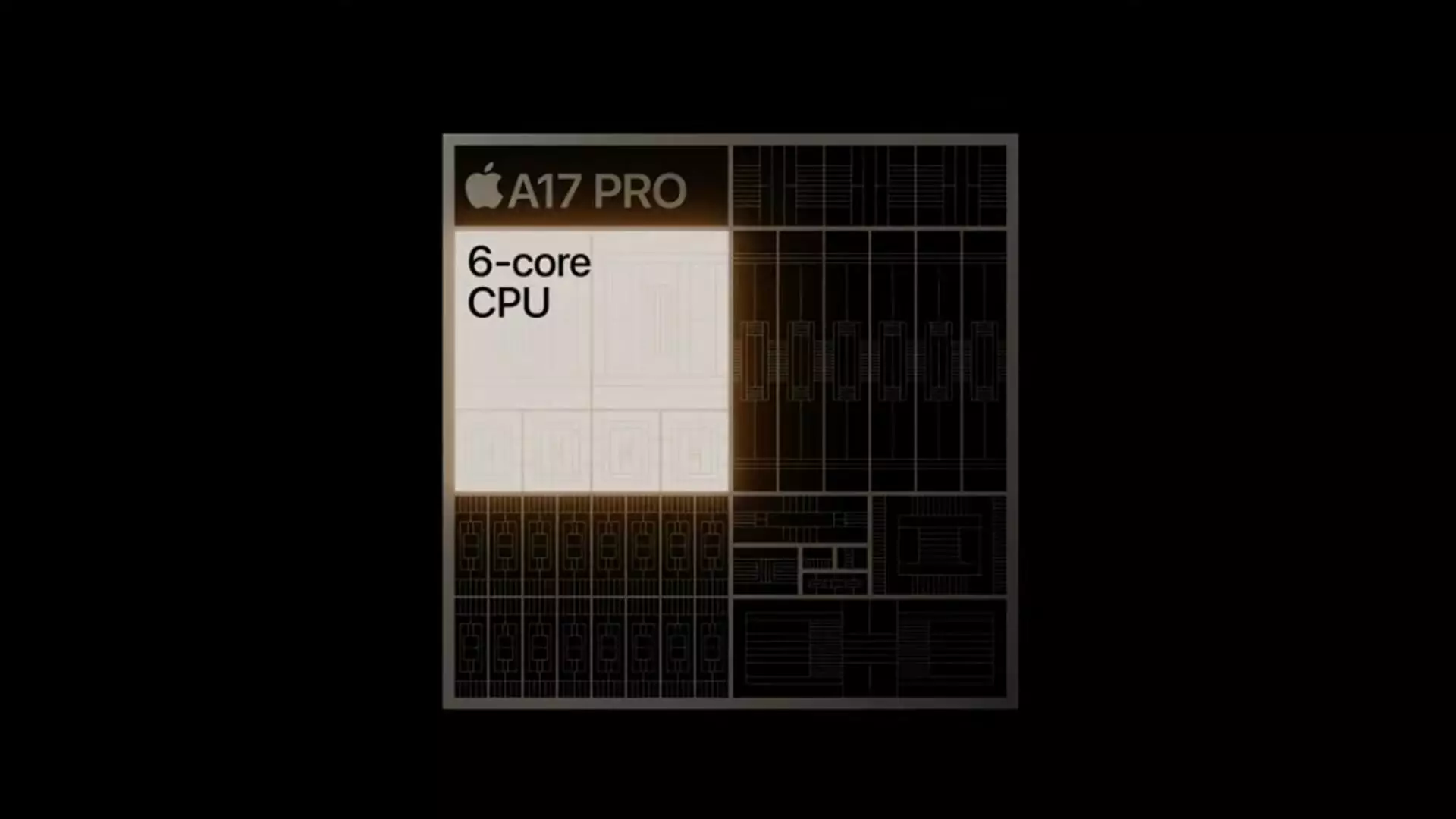When it comes to innovation, Apple is no stranger to pushing boundaries and redefining the world of technology. At its recent iPhone 15 launch event, the tech giant once again stole the spotlight, showcasing its new products and the cutting-edge advancements they bring. While Apple focused on highlighting the remarkable features of its devices, what remained unspoken was the dominant role that artificial intelligence (AI) plays behind the scenes.
One of Apple’s greatest strengths lies in its ability to design and develop its own semiconductors, catering to the unique needs of its devices. The newly unveiled Apple Watch Series 9 and Apple Watch Ultra 2 are both powered by the S9 chip, a testament to Apple’s commitment to delivering technological prowess right at users’ wrists. On the other hand, the iPhone 15 Pro and Pro Max take advantage of the A17 Pro chip, amping up their performance to unrivaled heights.
On-Device Processing: Revolutionizing AI
While cloud-based AI processing has become a common practice, Apple is paving the way for a new era with on-device AI processing. The S9 chip enables Apple’s voice assistant, Siri, to handle requests directly on the device. By eliminating the need for constant internet connectivity, users can enjoy faster and more secure interactions with Siri. This shift signifies Apple’s commitment to privacy without compromising on the efficiency of AI-powered features.
The Apple Watch Ultra 2 introduces a groundbreaking feature called “double tap,” which allows users to control the device by simply tapping their index finger and thumb together. Behind this seemingly magical gesture recognition lies extensive AI processing. While Apple remained discreet about the technicalities, it’s evident that AI is the driving force behind this innovative interaction method.
Apple’s Secretive Approach to AI
Despite its profound integration of AI into its devices, Apple has seldom mentioned the term in its conferences or product events. This lack of explicit focus on AI has led to speculation about Apple’s dedication to capitalizing on this evolving technology. However, the truth is far from the surface. Gene Munster, managing partner at Deepwater Asset Management, emphasized that Apple is aggressively pursuing AI, albeit in a more understated manner.
At the core of Apple’s AI-powered devices lies its A17 Pro chip, utilizing a 3 nanometer semiconductor. The significance of this nanometer size lies in its ability to accommodate more transistors on a single chip, resulting in enhanced power and efficiency. In a market where legacy chips struggle to keep up with emerging AI applications, Apple’s 3nm chip propels its devices to maintain optimal performance.
Apple Leads the Way in AI Hardware
As AI evolves at an unprecedented speed, the importance of advanced chips cannot be overstated. Apple recognizes this urgency and has taken the lead in developing the necessary hardware to unlock the full potential of AI. By blurring the lines between cloud and on-device AI processing, Apple’s visionary approach ensures that its devices empower users with seamless experiences and uncompromised privacy.
While Apple’s iPhone 15 launch event may not have explicitly revolved around AI, the integration of AI into its products is undoubtedly at the forefront of its technological innovations. As Apple continues to break barriers and push the boundaries of what is possible, its AI-powered chips revolutionize the future of devices, opening new doors to unprecedented capabilities and experiences. With Apple’s relentless pursuit of excellence, the potential of AI knows no bounds.


Leave a Reply